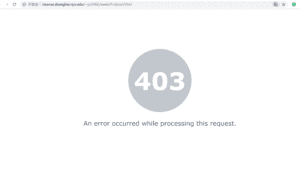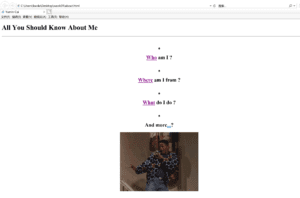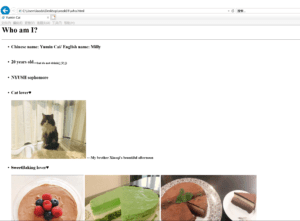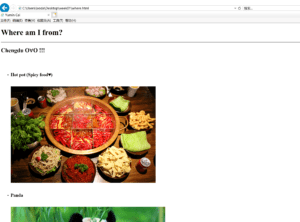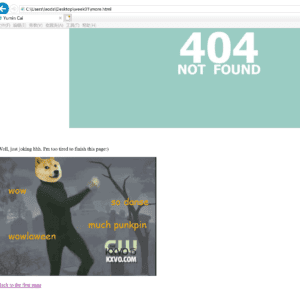When I am reading “Long Live the Web”, I am thinking about the function of the website in our daily life. The web is very essential in our daily life. According to the author, the web is a public resource that almost all the things in your life depend. What impressed me is the part of “universality is the foundation”. Since people put things on the website, the whole network operates well. And all the things connect with each other by links. When I build my website, I also would like to put a lot of links so that my information will be connected to the boarder platform. In addition, I also learn a lot of base information about the web and internet by the article. The future web lets me think about the future development of the internet. Nowadays, people have developed a lot in open data and social machines. I am looking forward to the development of free bandwidth.
In the second article, it talks about the places that the internet was invented. The author is going to see “The Cloud”. In his article, he describes the history of the computer and the internet. At that time, people developed a new technology called ARPANET, which expanded the principle of time-sharing. From this article, I start to think about how difficult the internet was developed and how people invented the new technology to improve the computer and internet. I am very appreciated that we have advanced time-sharing technology. I cannot imagine how our internet will be like if we don’t have these technologies. As I mentioned in the “Long Live the Web”, universality is the foundation of the website and internet. Only when we can upload our data on the internet can we build the internet. The cloud and ARPANET play the key roles in the development of the internet.
